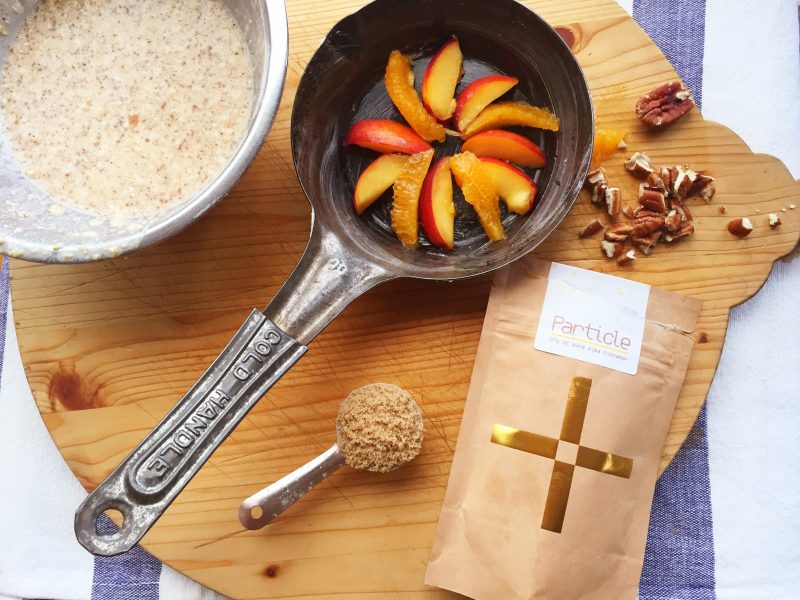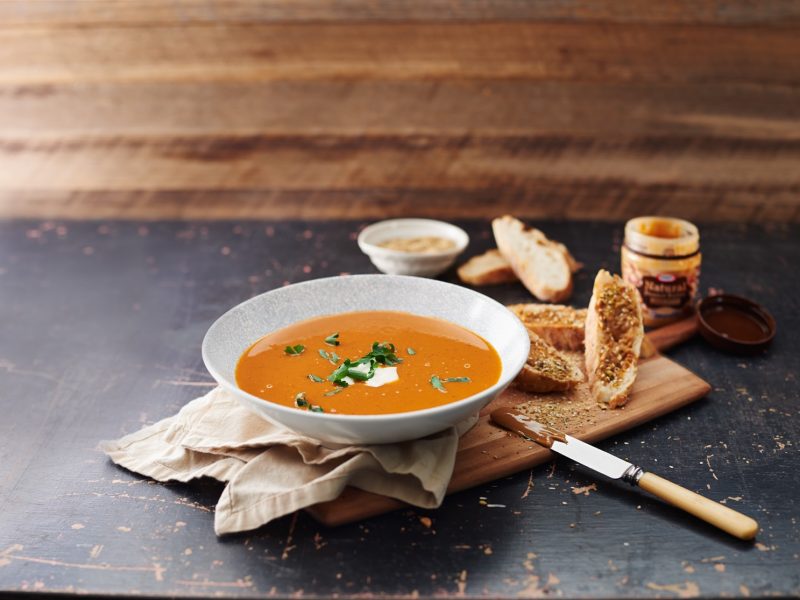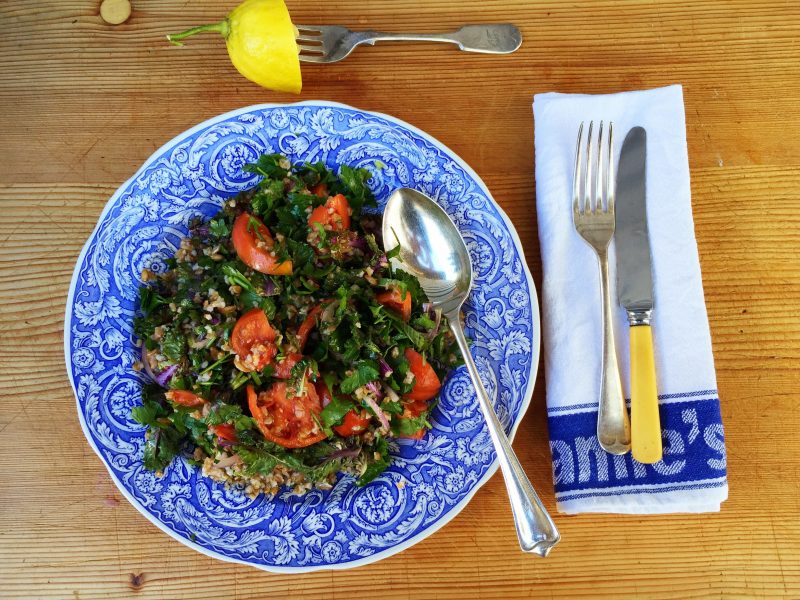We had another very lively twitter chat this month for #EatKit, a new, monthly Twitter chat with tips and tricks from dietitian’s, food lovers and anyone interested in food and nutrition. Catherine Saxelby of Foodwatch was the moderator this month and the topic was ‘fish or fish oil – what’s the best way to get your omega -3s?’. The world of twitter may be foreign to you and we had so much great advice on the night, that our Sub of the Month wanted to devote her guest post to share with you.
Melissa Carmody is a new graduate from the University of Sydney after studying Exercise Sport Science and Nutrition with honours in Dietetics. She is starting out her career in clinical dietetics and is very excited to be heading to a locum at Dubbo Base Hospital in country NSW. She has had a fabulous time being the September Sub of the Month and looks forward to many more exciting opportunities to spread the word on healthy, nutritious and delicious food. Read her full bio here.
What are omega 3’s?
Omega 3’s have developed quite a reputation for being a ‘super nutrient’. While the jury is still out and research still needs to be made in understanding the full benefits of omega 3’s, we do know this little fatty acid has some very big health benefits. Omega 3s are widely studied for their role in protecting against cardiovascular disease, reducing stroke risk and decreasing inflammation, but also in other areas like childhood brain development, mood and mental health.
How do you get your omega 3 requirements?
 One of the main sources of omega 3’s is oily fish. But how much do you need to eat and what are the best sources? The general consensus on the night of EatKit was we should be aiming for 2-3 serves of 150g oily fish per week. Why not take the quiz to find out if you are consuming enough foods rich in omega 3.
One of the main sources of omega 3’s is oily fish. But how much do you need to eat and what are the best sources? The general consensus on the night of EatKit was we should be aiming for 2-3 serves of 150g oily fish per week. Why not take the quiz to find out if you are consuming enough foods rich in omega 3.
Some great sources of omega 3’s are atlantic salmon, sardines, mackerel and tuna. Canned seafood are good options for convenience, inland areas and budget cooking, but be sure to check the label for varieties containing omega 3 and choose ones high in DHA and EPA (types of omega 3’s) by looking at the nutrition information panel.
For a full list of omega 3 levels in fish and seafood have a look at two great links that were shared on the chat to the Australian Omega 3 Centre and Australian Heart Foundation.
What about supplements and omega enriched foods?
Apart from fish the EatKit chat also talked about supplements and everyday foods which are omega enriched, like bread, milk and eggs. Recommending fish oil capsules is very individualised and would depend on what that person was already eating and the opinion of their doctor. There was a comment that liquid fish oil has higher doses than capsules, with adding it to a small cup of juice, smoothie or drinking yoghurt an easy way to get your omega 3’s. Omega enriched foods are options for fussy eaters and those who don’t like fish, although on their own they are more likely to boost your intake than solely meet your requirements.
Cooking tips and recipe ideas
 For the foodies out there the EatKit chat then moved on to talk about cooking suggestions, with barbequing outside a popular choice to avoid the fishy smell. For the kids, fish burgers, pies, patties, casseroles and pasta dishes were suggested to disguise the fish taste. For the adult’s, herbs, spices, lemon zest, curry paste, nut crusts and parmesan breadcrumb stuffing were suggested to add that extra flavor.
For the foodies out there the EatKit chat then moved on to talk about cooking suggestions, with barbequing outside a popular choice to avoid the fishy smell. For the kids, fish burgers, pies, patties, casseroles and pasta dishes were suggested to disguise the fish taste. For the adult’s, herbs, spices, lemon zest, curry paste, nut crusts and parmesan breadcrumb stuffing were suggested to add that extra flavor.
Below are recipe links that had the EatKit chatters mouths watering:
Teriyaki salmon is a sure winner with kids and adults
Scoop’s Salsa Verde to dress up some grilled fish
For more great tips and to see what else was covered during the EatKit chat (including sustainability), have a look at the full discussion. You can read the full archives of this month and the launch month in August. Be sure to tune in for the next chat on October 19, by following these instructions.
Editor’s comment:
Thanks Mel. It’s been so wonderful having you on board during September. You’re tips and daily updates on our facebook page have been excellent and we can’t wait to see your career blossom, now you are off to your first 3 month locum! We hope you embrace regional NSW and we look forward to the tweet deets. How about you lovely readers? Didn’t Mel do a great job? Drop her a comment or a question below:



